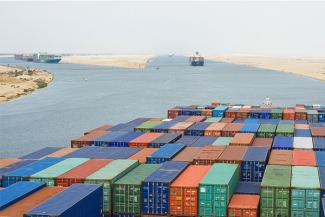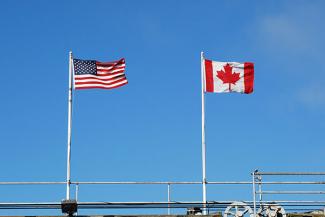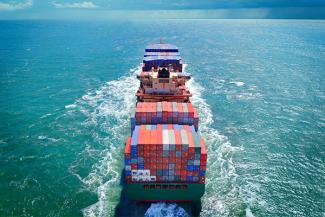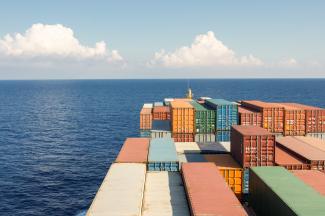Shipping to Canada FAQs
Shipping freight between Canada and the United States
Moving freight across the U.S.-Canada border is essentially as easy as moving freight domestically: there are just a few extra steps involved. The biggest differences are working with a licensed customs broker and filling out customs documents. Working with a licensed and bonded carrier that is well-experienced moving freight across the border makes the process easy!
How to Ship Freight: Equipment Types and Services
What types of transportation equipment are available?
No matter what industry you’re in, getting products to your customers on-time and in good condition is vital to your business’ success.
What is a Customs Bond and Why Do Importers Need One?
Understanding Import Bonds
There are over 300 land, air and sea ports of entry into the United States, and the U.S. Customs & Border Protection agency (CBP) has jurisdiction over all of them. At these ports, CBP provides security and screening of all foreign visitors, returning American citizens and imported cargo. Here, we’ll take a look at imported cargo — specifically at the requirement of a U.S.
How ArcBest Speeds up LCL Transit Times
Need faster LCL shipping?
If you need fast delivery for your international freight, you might be considering full-container load (FCL) shipping. FCL is often seen as a fast shipping option because the freight isn’t sorted at the port and travels directly to its destination. But what if you don’t have enough freight to fill a 20-foot container? Less-than-container load (LCL) shipping is normally the most cost-effective option for small shipments, but it isn’t known for being fast. So, what’s the solution?
Recovery Resources for Delayed Freight
Hanjin bankruptcy causing shipment delays
Have you been notified that your ocean shipment is delayed? If so, it’s quite possible that it’s sailing on a Hanjin ship. Hanjin Shipping Co. Ltd, the world’s seventh-largest container carrier, filed a court proceeding in Korea seeking to be placed into receivership on August 31, resulting in $14 billion in stranded cargo around the world, according to various media reports. The company’s vessels have been seized at ports or stranded at sea because of an inability to pay required fees.







